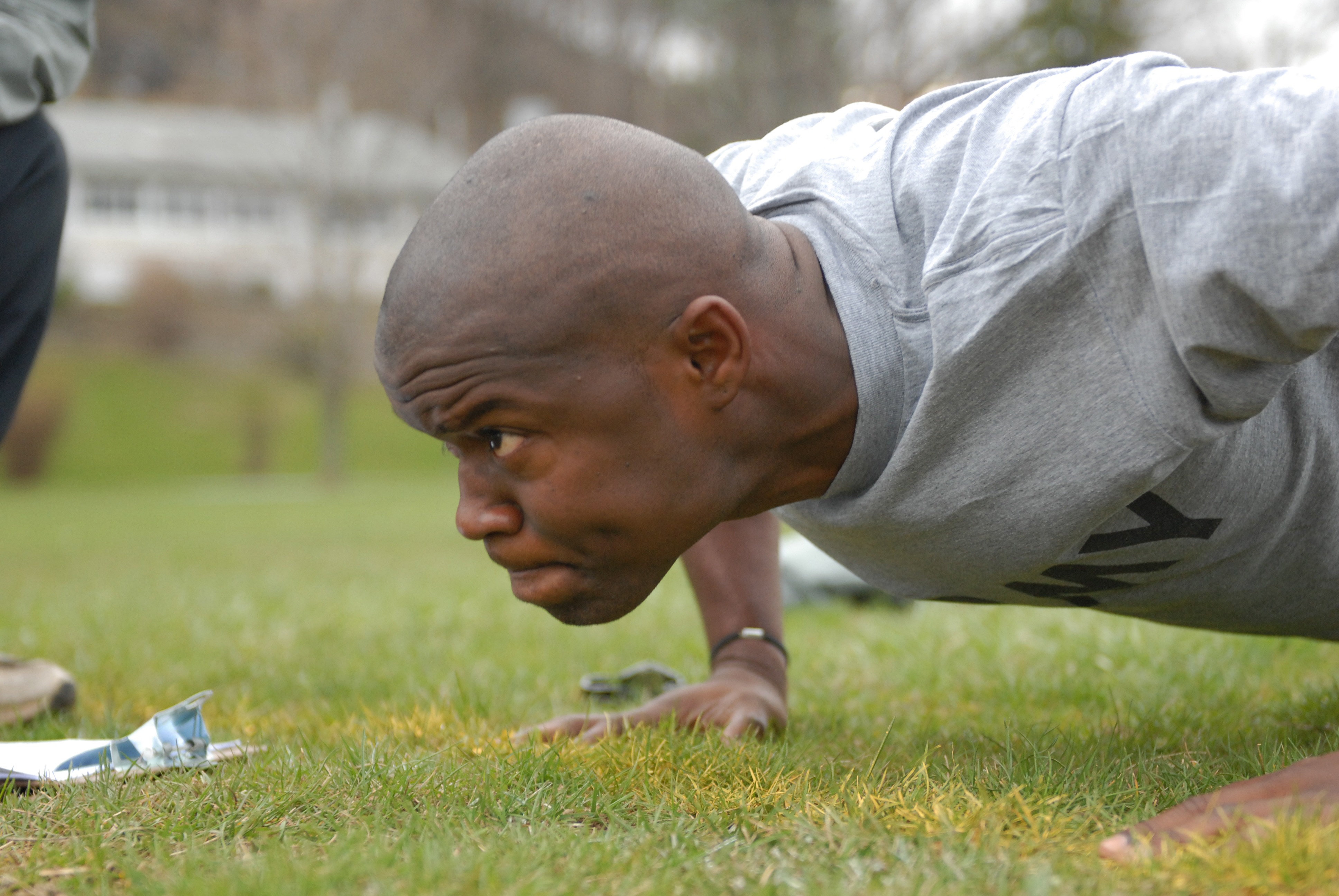Metabolic conditioning frequently looks like circuit training. In other words, there is a list of exercises. Each exercise is performed for a set, which generally lasts a period of time. Then the next exercise, then the next, etc. Once all the exercises have been performed, the circuit may be repeated. This approach to metabolic conditioning has several advantages. First, a lot of work is performed in a short period of time. Before you know it you’ve been moving for 15-20 minutes with an approach like this. Second, it really lends itself to bodyweight exercises, heavy ropes, and even some sprints.
What follows is an example of this approach. The table below lists a circuit using several types of exercises. In this example, each exercise would be performed for thirty seconds, minimal rest between exercises, and the entire circuit would be performed three times (so it would take 15-20 minutes to complete).
| Kettlebell swingsPlankHeavy rope slams
Side plank (right side) Bodyweight squats Side plank (left side) Kettlebell lunges Suspension leg curls Suspension chest press Bear crawls |
However, this approach also has several disadvantages. First, it does not lend itself to equipment that is going to require adjustments. For example, if I wanted to use the suspension trainer to do both chest presses and leg curls, it would take too much time to adjust the equipment – adjusting the equipment would defeat the purpose of the circuits. Second, it does not lend itself to using different weights. This can be a problem with kettlebell exercises (for example). To solve this you have to be able to put out a bunch of different weights. Third, this is going to be challenging with team situations unless you are primarily using exercises that don’t require much equipment. Finally, this is not going to be very sport-specific in many situations. While there are exceptions, most sports don’t involve 15-20 minutes of continuous high-intensity activity.
A different approach that can be taken is to divide things up into smaller blocks of three to four exercises for training. For example, the table below shows several blocks of training that could be used. In each block, the exercises will be performed for 20-30 seconds each, with minimal rest between each exercise. The block will be repeated three times. After the last time, allow some time for recovery and then move on to the next block.
| Block #1:Kettlebell swingsPlank
Bodyweight squats
Block #2: Heavy rope slams Side plank (perform on both sides) Suspension leg curls
Block #3: Kettlebell lunges Suspension chest press Bear crawls |
The above workout will still take 15-20 minutes to complete. The difference is that by breaking this up into smaller blocks, the athlete can train more intensely during each block. This will translate into handling more weight, performing more repetitions, and will be a little more specific in terms of what the athlete experiences in their sport. The other nice thing about this approach is that it makes it easy to use different types of equipment and different resistances. The blocks can also be manipulated to be more conducive to team training so that different groups of athletes start at different blocks, this way not everyone is attempting to use the same piece of equipment.


